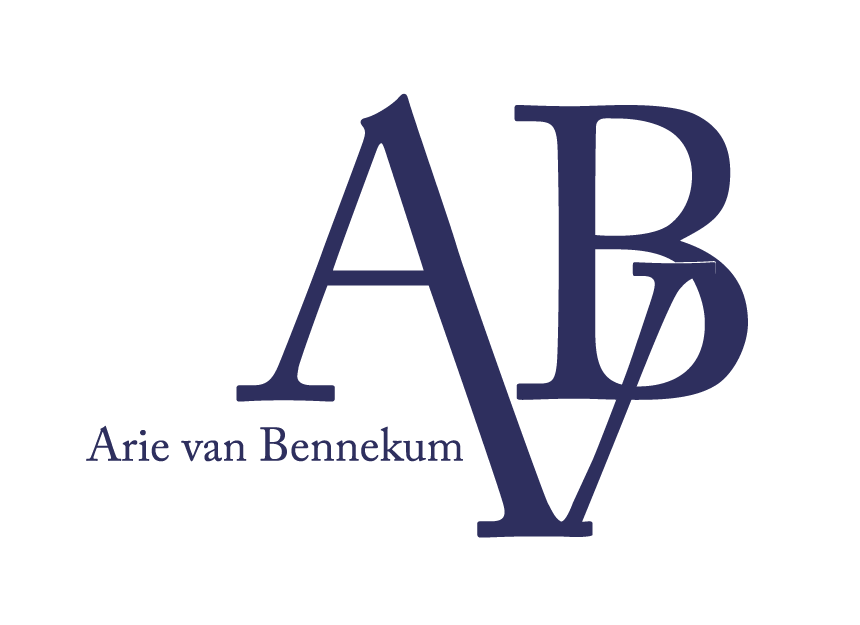Arie van Bennekum on 20 Years of Agile Manifesto: What Does the Future Hold?
by Wemanity in Agile Trends, Transformation & Change Reading time: 5 min
20 years ago in a ski resort in Utah, seventeen people met to talk, ski, relax, and try to find common ground: a set of values based on trust and respect promoting organizational models based on individuals, collaboration, and innovation. The result: the Agile Manifesto.
For its 20th birthday, we sat with one of its co-authors and thought leader at Wemanity, Arie van Bennekum. Full disclosure on how the Agile Manifesto was shaped up until now, and in which ways it is more relevant than ever for today and tomorrow’s challenges.
20 years of Agile Manifesto: what changed
“The main thing we didn’t expect was for the Agile Manifesto, and Agile as a whole, to become this big. Be it in Japan, Argentina, Finland, Australia, USA, South Africa… Everywhere we go today, people know about Agile, and that was really a surprise for us,” Arie says. “None of the authors expected it to become that big. The Agile Manifesto was initially created because we wanted to improve delivery. Better value, better quality, on time. A very difficult achievement on the psychological side, but one that was very rewarding in the end.”
20 years on, it seems that most people and organisations still struggle to adapt. “It is quite the surprise to me, as Agile is driven by value delivery and being adaptable to change, Arie added. The shift from focusing Agile in tech and IT to today’s wide-scale is a pleasant surprise, but even still, a lot of organisations still keep on resisting change.
Another unexpected occurrence, besides the organisations leaning on Agile but struggling with it, is the fact that most companies all around the world are still full-on resistant to it. Companies that have tried and gave up along the way, even though they might have started their transformation on the wrong foot, and others that flat-out don’t consider it.
“I was surprised about all the investment it took for people to work in an Agile way”, Arie said. Middle management, leadership, developing teams, etc. all face the same challenge. It’s similar to learning how to read in school: the basics take time to grasp, yet once we master them, communication is much more efficient and fluid.
3 purposes of the Agile Manifesto for today and tomorrow
1. Becoming the standard principles for organisations
“Agile is needed more than ever, as most companies and people are still very far from being agile. We need it to respond to change, avoid delay, prevent misunderstandings and be more efficient as an organisation, Arie continued.
Related post: Into an Agile Transformation Journey: the Assessment Phase
People still have a long way to go, as transformation is not something you can achieve overnight. It takes time, patience and continuous improvement.
Agile will be relevant as long as it has not become the default in companies’ organisation.
At one point in time in the sixties and seventies, the waterfall model became the standard for development. We now know that such a model no longer works. Making Agile a default is one of today’s and tomorrow’s concerns in the bureaucracy, and it’s a long process.
The way companies work in remote now is testament to that, as well as multinational, major companies working agile. We know that it works and in the next 20 years, we’re hoping that Agile will become the new standard.
2. Reinventing our way of working, inside out
Business agility – a.k.a. the corporate capability to work in an Agile way – also plays a key part in tomorrow’s challenge.
Within organisations: IT teams have come a long way to work Agile, but today’s relevancy applies to the whole organisation. Other departments such as finance, marketing, HR needs to be involved and be in the frontline to respond to change.
Outside organisations: Business agility is not for profit only – non-profitable organisations such as charities, NGO and governmental entities also work in a fast-paced and ever-changing environment. Agile is the most relevant when every stakeholder is aligned and aware.
3. Helping to build a more fulfilling work environment
Agile contributes to creating an atmosphere and climate more suitable to the needs of the newer generation of workers. Millennials and gen Z have a new perception about life and work balance compared to workers in their mid-50s.
Because Agile is also about motivation and the freedom to decide on what you do, how you do it and the mastery of improving yourself all the time. In that sense, younger generations that are looking for a vision and a purpose in their work will have a better chance of flourishing in an Agile environment.
It’s a win-win situation: if you do something you enjoy, you perform better and get more results out of it.
Daniel Pink – Drive: The Surprising Truth About What Motivates Us
In the near future, Agile might drive a new sort of business that we are still unaware of. Every new model changes the way we approach business and workforce – the future ones will surely be about people following more what they want to do.
Agile is not a fixed state – it’s always evolving. Within agility itself, people do things nobody did before, things not written in books. People will always find new ways of carrying change and lead innovation.

